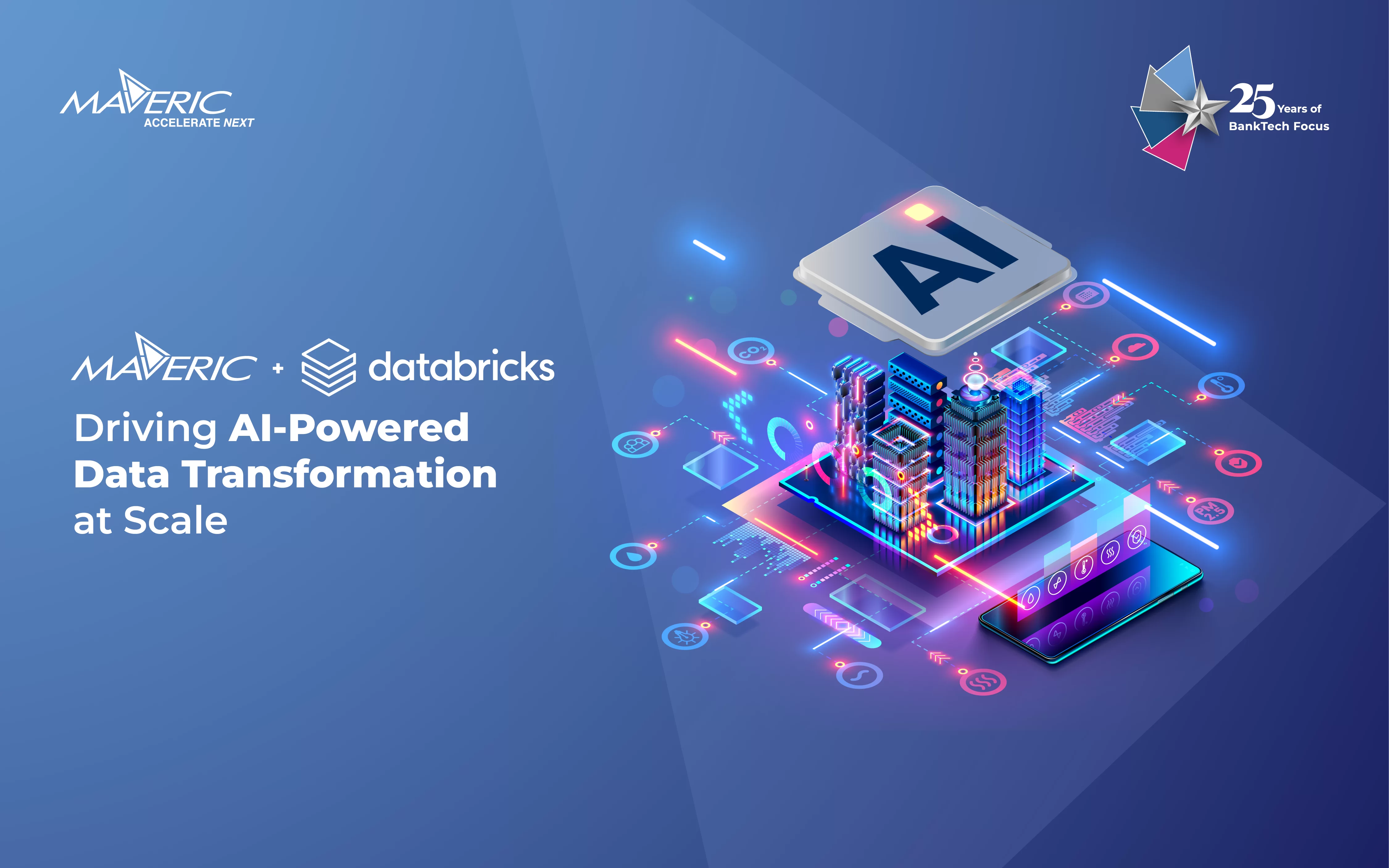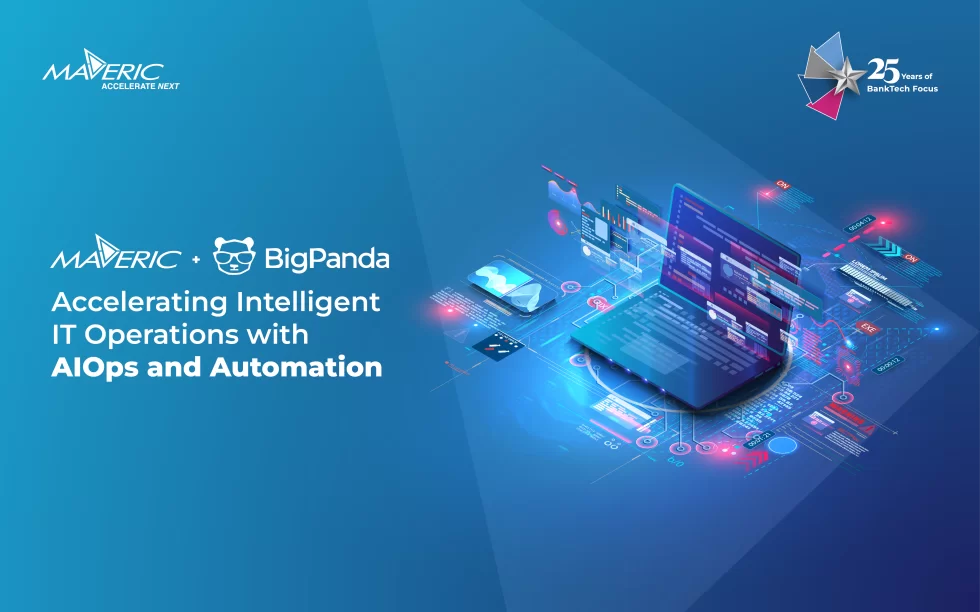Banks and financial operators are increasingly looking to create new business models and customer experiences at a speed and scale that was impossible with legacy infrastructure. To this end, financial institutions are increasingly leveraging cutting edge technologies such as artificial intelligence (AI), automation, big data and cloud, among others to stay ahead of their peers. In an interview, P. Venkatesh, co-founder and director, Maveric Systems Ltd., who leads the company’s digital and core banking business, discussed some of the latest developments in the banking space and how banks can enhance operational efficiency and customer experience. Edited excerpts:
Banks around the world have been relying on AI to drive business for some years now. What are the new trends emerging today?
There’s currently a lot of emphasis on vertical AI strategy that provides the opportunity for banks to have a focus on a particular domain or a use case, adapting well to the customer’s need, as compared to horizontal platforms. With the rise in investments and continuing adoption of AI across industries, the solutions are becoming more business-driven and vertical-specific, leading to more specific AI market segments. For example, BFSI faces specific challenges, such as regulatory and compliance frameworks, data privacy requirements, audit and control requirements, etc. The strategy reduces risks in AI roll out, including industry specific use cases like risk monitoring, customer personalization, product recommendation, underwriting, and so on. A classic example is the newly released Bloomberg GPT, a large language model with 50 billion parameters specifically trained on a wide range of financial data, and is especially designed for the finance industry. We will continue to see more advanced adoptions of large language models in the form of generative and conversational AI in the coming years.
Talking about generative AI, how will its growing adoption influence the way banks engage with their customers, deliver services and launch new products?
With LLMs like ChatGPT gaining popularity, banks are riding the wave in order to remain smart and agile. A lot depends on what sort of external data interface comes inbuilt into such AI technologies, how organizations will use this new AI with their internal data, and the kind of insights or outcomes they intend to achieve. For example, they may use advanced LLMs to deliver a personalized customer experience or enhance their products and offerings. In the BFSI space, we expect a new class of conversational AI and enhanced capabilities to address complex customer queries. Fraud detection and prevention, intelligent credit scoring, and asset and wealth management are potential areas where LLMs like ChatGPT can be leveraged effectively.
How are Indian banks placed when it comes to the adoption of emerging technologies like AI, blockchain, RPA, big data, and cloud?
The Indian BFSI market has been a frontrunner in adopting technologies including cloud, RPA, big data, blockchain, and AI. These technologies align with the customer-centric approach to provide more contextualized experiences. They also support the new-age omnichannel, neo-banking, and digital-only trends. While large banks have adopted RPA, some have adopted big data, and a few others have adopted blockchain and AI. However, many of these technologies have been applied in silos – to launch specific products or services or to enhance only specific customer processes. As the industry adopts a more customer-centric approach to provide more contextual, relevant, and hyper-personalized experiences, we expect banks to leverage these technology stack across the customer life cycle. They will help them benefit in the long run and become sustainable.
What are the possible impediments and security threats while deploying these technologies? How do you plan to address these?
We have to understand that any technology can also be used for harmful purposes. For example, while cybersecurity professionals are deploying AI and ML to identify and predict cyber threats before they occur, cybercriminals are using the same technologies to make their attacks better. That’s why regulations and compliances are important to ensure these technologies are deployed for the good. The second aspect to consider is how quickly these technologies are changing and how organizations deploy them. Again, these are challenges one organization cannot address alone, we need private-public collaboration to tackle the possible impediments and security threats.
How can AI make the banking space more ethical and transparent?
In the banking space, there is no set regulation around AI reporting, and most businesses are today developing internal standards to understand how they can make AI more transparent, ethical, and compliant. Several banks have started practicing ethical finance. They ensure that the algorithms deployed are not biased and treat all market participants equally, with clear mechanisms to explain decisions made by their AI technologies. Explainable AI or ML can enable humans to understand the outcomes including predictions or decisions made by AI. Despite early stages, it can provide the much-needed transparency from a regulatory aspect and also empower customers with a reasonable explanation, and gain their buy-in more easily.
About the Author
 As the Co-founder at Maveric, P Venkatesh (PV) leads the global core banking business that is now aligned with Temenos. PV and his solution architects successfully won 9 out of 10 engagements, having envisioned and launched industry-first test frameworks, automation, and contextual value-adds. A veteran of 30 years, consultant, and entrepreneur, across banking, financial services, retail, government, and urban services, PV’s deep competence in retail banking and regulatory compliance is sought across geographies.
As the Co-founder at Maveric, P Venkatesh (PV) leads the global core banking business that is now aligned with Temenos. PV and his solution architects successfully won 9 out of 10 engagements, having envisioned and launched industry-first test frameworks, automation, and contextual value-adds. A veteran of 30 years, consultant, and entrepreneur, across banking, financial services, retail, government, and urban services, PV’s deep competence in retail banking and regulatory compliance is sought across geographies.
Originally Published in TechCircle











